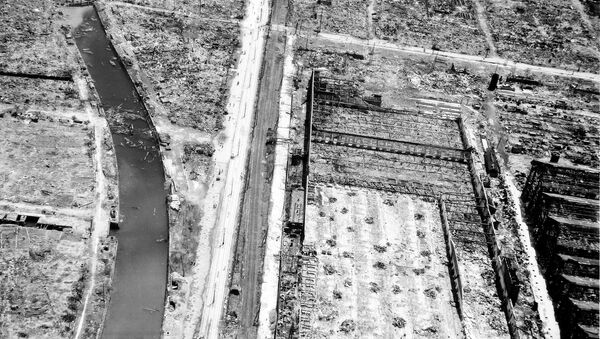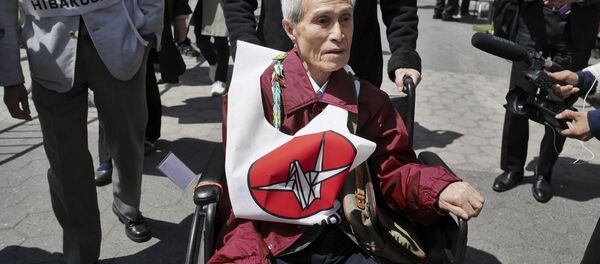The suit was filed in 2007 by 387 people who were within 12 kilometers of ground zero at the time of the August 9 attack. These victims requested that the central, prefectural and municipal governments issue health cards offering them full medical compensation given to other atomic bomb victims, regardless of where they live.
They are currently classified as people who experienced the bombing, but not as survivors, or "hibakusha."
Japan's Supreme Court found that these people were outside the government-recognized zone that qualifies for free mental illness and other medical treatment.
The Japanese government recognizes those who were within an oval shape — seven kilometers from east to west and around 12 kilometers north to south from the attack — as recognized survivors who are eligible for free treatment for almost all kinds of diseases.
However, those who were within 12 kilometers of ground zero but not in the state-designated zone qualify for free treatment for mental illness caused by the bombing, but only if they still live in Nagasaki Prefecture. According to officials, there are 6,278 people who are in this category.
"Officially recognized survivors, on the other hand, can receive free treatment for almost all kinds of diseases no matter where they live," a Nagasaki prefectural official said.
"I'm disappointed and dumbfounded by the top court's decision," said 81-year-old Chiyoko Iwanaga, who led the plaintiffs, the Japan Times reported.
Even though the 387 victims claim to have suffered acute radiation-related diseases from the attack, the top court upheld a 2012 Nagasaki District Court ruling that the symptoms being described are not caused by radiation exposure.
"I don't know how to explain to those who are struggling to pay medical fees and those who are hospitalized. Although we are getting old and exhausted, I will keep challenging. The truth can't be bent," she said




